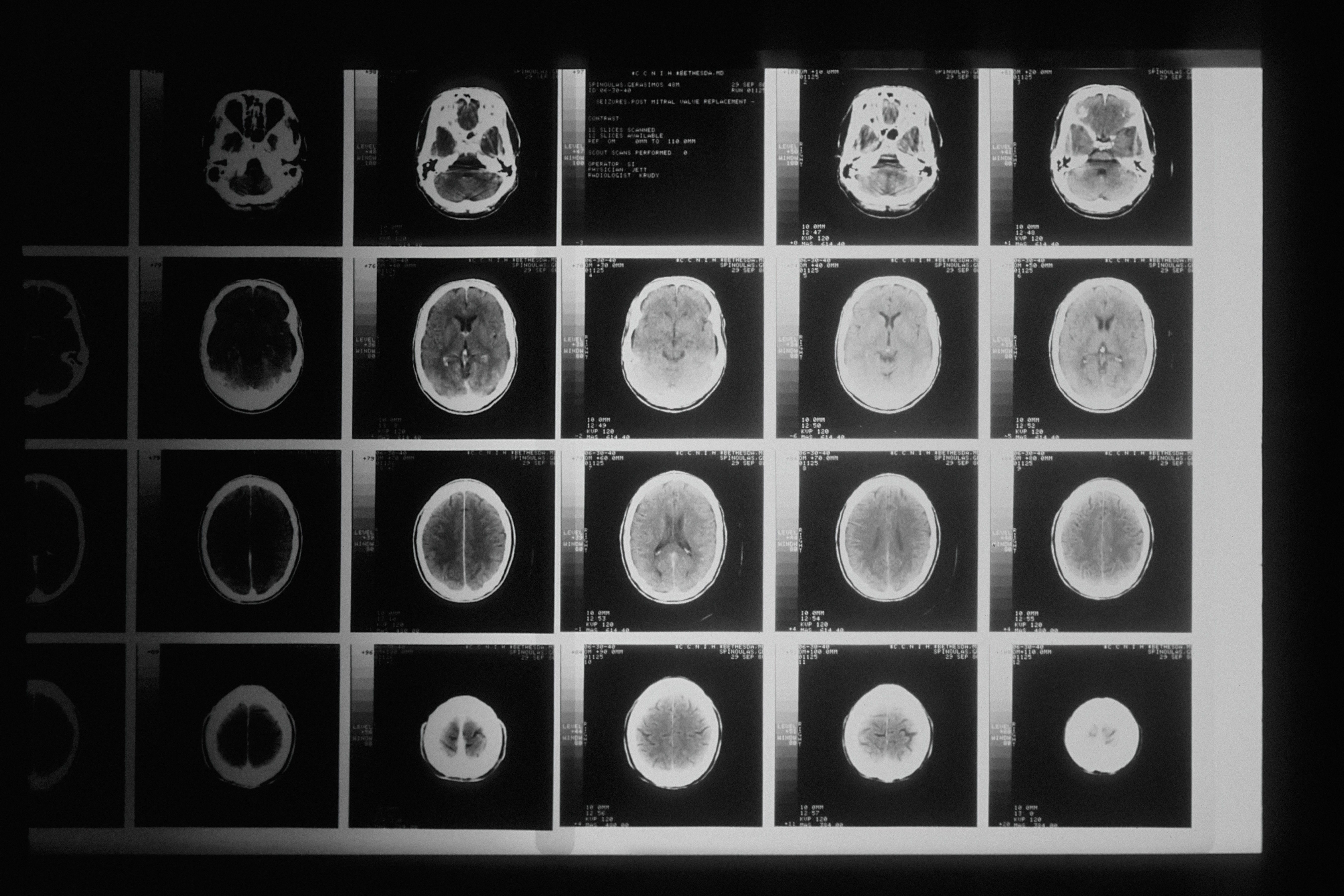US health experts have observed a concerning rise in rare brain abscesses among children, particularly in the Las Vegas area of Nevada. This surge in cases has led to increased investigation and monitoring by the US Centers for Disease Control and Prevention (CDC). In 2022, Nevada witnessed a threefold increase in brain abscesses in children, going from an average of four to five cases annually to 18 cases. Dr. Taryn Bragg, a pediatric neurosurgeon at the University of Utah, expressed her concern about the unusual spike and noted the striking similarities in how these cases presented.
As children in almost all cases initially experienced common illnesses like earaches or sinus infections accompanied by headaches and fever, it quickly became evident that something more severe was at play. Doctors in other parts of the US have also reported similar increases in pediatric brain abscesses.
Dr. Sunil Sood, a pediatric infectious disease specialist at Northwell Health in New York, called for the CDC to continue investigating and raising awareness. Brain abscesses are not typically reportable conditions, so public health departments are only made aware of cases when doctors notice an increase and reach out.
Brain abscesses are pockets of infection filled with pus that can spread to the brain, causing seizures, visual disturbances, and changes in vision, speech, coordination, or balance. Treatment often involves multiple surgeries, with children potentially spending weeks or months in the hospital to recover.
Despite investigating factors such as travel, COVID-19 infection history, underlying health issues, and common activities or exposures, researchers found no definitive link between the cases. However, some experts have considered the "immunity debt" theory as a possible explanation for the increase in cases.
The immunity debt theory suggests that during the pandemic, children's exposure to various viruses and bacteria was significantly reduced, leading to weakened immune systems and a reduced ability to fight off infections. Dr. Sood, however, remains skeptical of this theory, instead believing that COVID-19 temporarily displaced other infections, which are now resurging as COVID-19 cases decline.
The CDC has been working with the Children's Hospital Association to determine if there has been a national spike in brain abscesses among children. A study published in the Morbidity and Mortality Weekly Report found no widespread increase as of May 2022. Still, Dr. Bragg believes that the data cutoff might have been too early and that the CDC should continue to monitor and assess trends.
In many cases, the brain abscesses were caused by a type of bacteria called Streptococcus intermedius, which usually resides harmlessly in the nose and mouth. However, it can cause problems if it enters the bloodstream or brain. The affected children in the Clark County cluster were healthy, with no prior medical history or immunosuppression.
Dr. Sood advises parents to watch for subtle signs of sinus infections in children, such as a red and swollen eye or localized pain above the eyebrow. If these symptoms are present, it's essential to seek medical attention. Dr. Bragg has treated two more children with brain abscesses in 2023, but the pace of new cases appears to be slowing. The CDC will continue to monitor the situation in collaboration with community partners.









